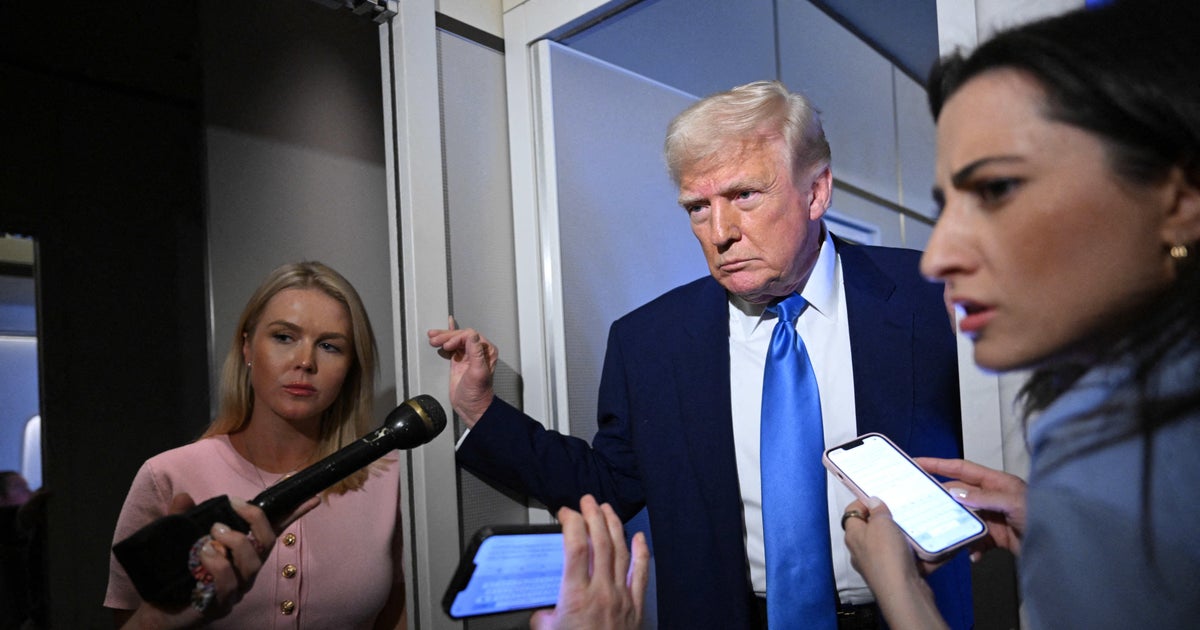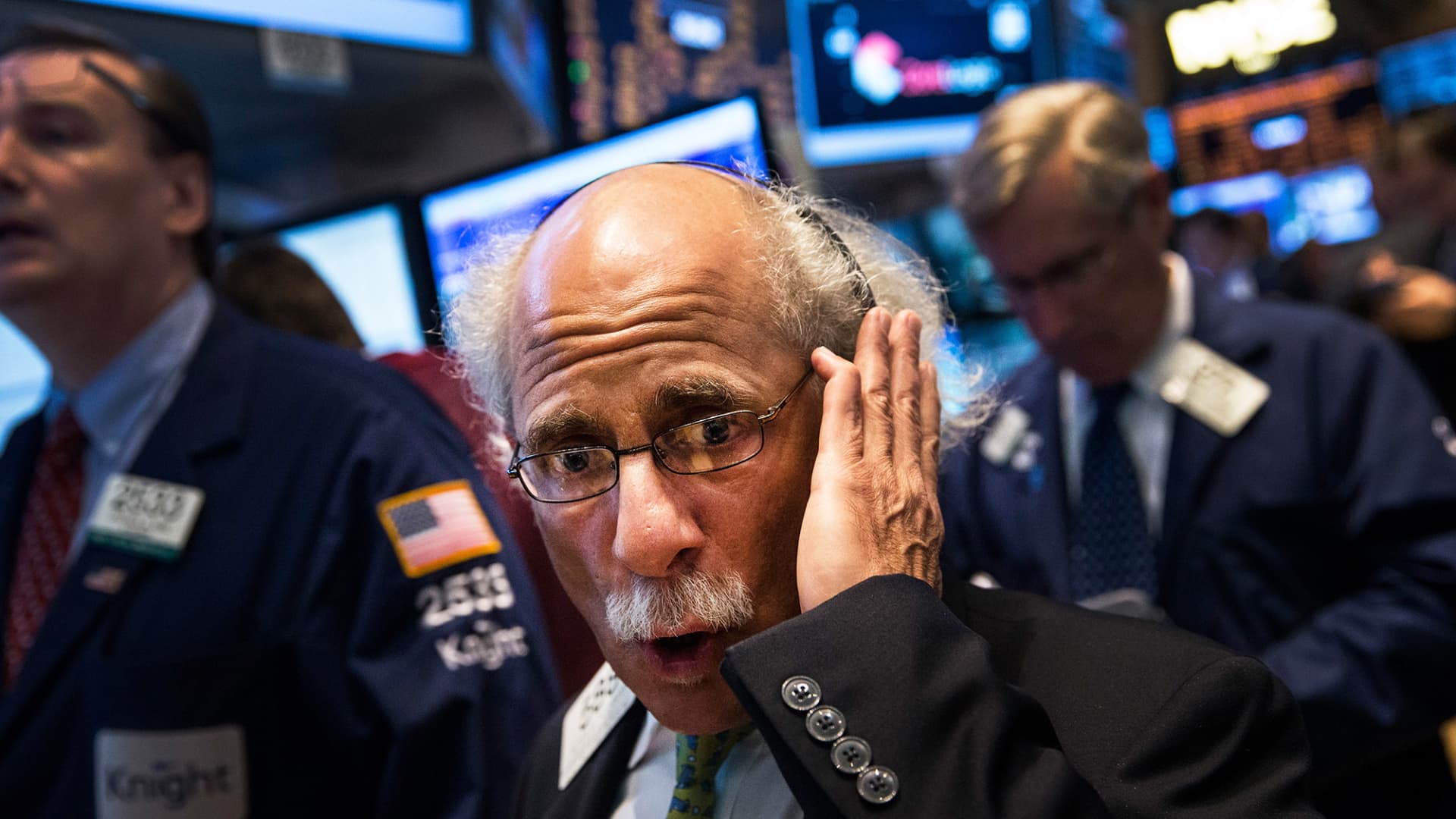Trump’s Tariff Insights: Analyzing the Stock Market Impact
Former President Donald Trump’s recent comments about imposing sweeping tariffs on imports have sent ripples through financial markets, raising concerns among investors about potential economic repercussions. Speaking at a campaign rally last week, Trump proposed escalating tariffs—potentially exceeding 10%—on foreign goods, reigniting debates about trade wars and market stability. Economists warn such policies could trigger inflation, disrupt supply chains, and spark volatility across sectors from automotive to consumer electronics.
Historical Context: Tariffs as a Trade Policy Tool
Trump’s latest remarks echo his 2018-2019 trade war, when his administration imposed $360 billion in tariffs on Chinese imports. The Congressional Budget Office estimated those measures reduced U.S. GDP by 0.3% annually while costing the average household $1,277 in increased costs. Market reactions were swift: the S&P 500 experienced 18% greater volatility during tariff announcements compared to preceding quarters.
“Tariffs function like economic sandpaper—they create friction in global trade flows,” explains Dr. Lila Chen, senior fellow at the Peterson Institute for International Economics. “While certain industries like steel temporarily benefit, downstream manufacturers face higher input costs that ultimately get passed to consumers.”
Immediate Market Reactions to Recent Statements
Within hours of Trump’s comments, key market indicators showed:
- S&P 500 futures dipped 0.8% overnight
- Automotive stocks fell 2.3% on average
- 10-year Treasury yields dropped 12 basis points
- Chinese yuan weakened 0.5% against the dollar
Technology and retail sectors proved particularly sensitive, with Apple shares declining 1.2% and Walmart dipping 0.9% in after-hours trading. The volatility index (VIX) jumped 15%, signaling investor unease.
Divergent Perspectives on Tariff Effectiveness
Proponents argue tariffs protect domestic industries and jobs. “When we leveled the playing field for American steel, production capacity grew by 6% and we added 3,200 jobs,” contends manufacturing advocate Mark Reynolds. “Strategic tariffs force trading partners to negotiate fair terms.”
However, Federal Reserve research tells a different story. Their 2022 analysis found tariff costs overwhelmingly fell on U.S. businesses and consumers, with:
- 81% of import taxes absorbed domestically
- Retaliatory tariffs affecting $120 billion in exports
- No measurable improvement in trade deficits
Sector-Specific Consequences for Investors
The potential revival of aggressive trade policies creates clear winners and losers:
Beneficiaries:
- Domestic steel and aluminum producers
- Certain agricultural sectors with tariff protections
- Manufacturers with localized supply chains
Vulnerable Industries:
- Automakers relying on imported parts (average 27% cost increase in 2019)
- Consumer electronics companies
- Retailers with global supply networks
Long-Term Economic Implications
Beyond immediate market reactions, economists identify three persistent risks:
- Inflationary pressure: JPMorgan estimates renewed tariffs could add 0.6% to CPI within 12 months
- Supply chain disruptions: 68% of businesses report still recovering from previous trade conflicts
- Investment uncertainty: Corporate capital expenditure growth slowed by 1.4% annually during tariff periods
“Trade policy uncertainty acts as a tax on business planning,” notes Columbia Business School professor Adam West. “When companies can’t predict costs, they delay expansions and hiring—creating economic headwinds that outweigh any tariff benefits.”
Navigating Potential Market Turbulence
Financial advisors recommend several protective strategies:
- Diversifying internationally exposed portfolios
- Increasing allocations to tariff-resistant sectors like healthcare
- Utilizing options to hedge against volatility
- Monitoring currency fluctuations for trading opportunities
Historical patterns suggest initial market overreactions often moderate within 3-6 months as adaptation occurs. However, prolonged trade conflicts have historically shaved 4-6% off annual equity returns according to BlackRock analysis.
The Road Ahead: Policy and Market Considerations
As campaign rhetoric intensifies, investors should watch for:
- Specific tariff proposals and targeted industries
- International response plans from trading partners
- Legislative attempts to constrain executive trade authority
- Federal Reserve statements on inflationary impacts
While trade policies remain uncertain, one reality is clear: markets abrupt when facing potential disruptions to global commerce. Investors would do well to stay informed, remain flexible, and consult financial professionals when adjusting strategies. For ongoing analysis of how political developments impact markets, subscribe to our daily policy briefing.
See more CNBC Network



